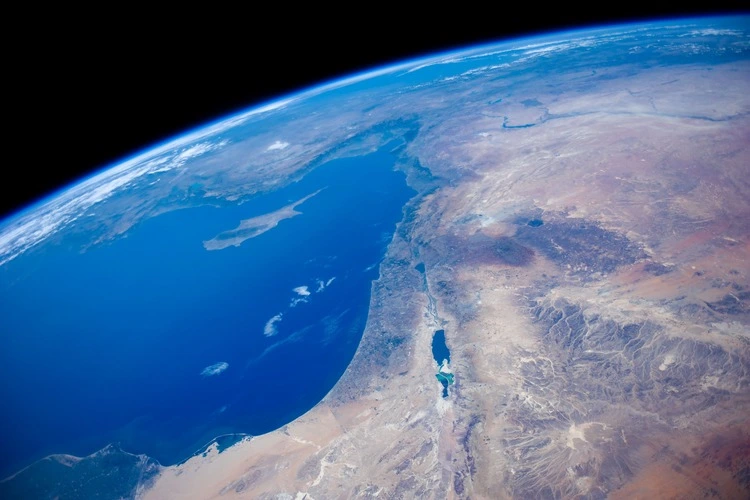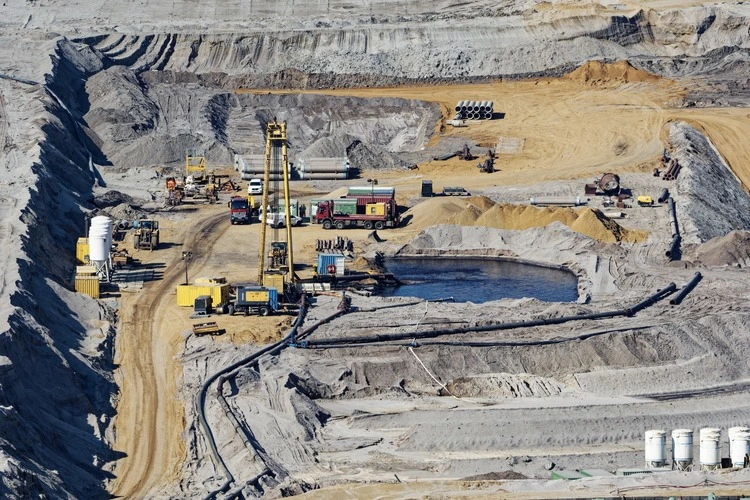
Extraction of groundwater by humans over the last twenty years has led to Earth’s axis being tilted by 31.5 inches & sea level rise
By
In the last twenty years, the Earth’s axis has shifted by more than 30 inches, with scientists now attributing such a change to the vast quantity of groundwater humans have been pumping out of the ground.
Published in Geophysical Research Letters, the research highlights the most significant water movement that impact the Earth’s rotation: those activities which pump groundwater in western North America and northwestern India, as well as from the planet’s midlatitudes (areas roughly between 35 and 65 degrees north or south of the Equator).
Between 1993 and 2010, researchers estimate that 2,150 gigatons of groundwater was removed from the planet, equivalent to 860 million Olympic-sized swimming pools.
This water, buried deep beneath the Earth’s surface, is used as potable water for humans – especially in arid areas where quantities of surface water are not large enough – as well as for irrigation in farming and manufacturing processes.
Enjoying this article? Check out our related reads:
As a result of groundwater extraction, large volumes of water are moved from one area to another, causing the Earth’s mass distribution to become uneven and taking its typical rotation off-kilter. This is the reason behind its axis shift of 31.5 inches (80cm).
‘Like adding a tiny bit of weight to a spinning top,’ the study’s authors say, ‘the Earth spins a little differently as water is moved around.’

The Earth’s rotational pole changes for a variety of a reasons, but geophysicist at Seoul National University and lead author of the study Ki-Weon Seo points out that ‘among climate-related causes, the redistribution of groundwater actually has the largest impact on the drift of the rotational pole.’
This research is the first to link the effects of groundwater pumping to polar motion, but does build on a NASA study published back in 2016 that first highlighted the relationship between water and the Earth’s changing axis.
Researchers are now eager to study further historical data on water movement and groundwater extraction, to see any further trends or patterns on groundwater’s effect on the planet’s rotation
What impacts does this axis shift have?
So, the Earth has tilted 31.5 inches – but does such a small shift really matter? The short answer: yes.
While the shift observed in this study is not enough to impact weather or seasons, as Seo explains, it does have impacts elsewhere, particularly on the planet’s sea levels.
When groundwater is taken from the ground – to be used for crops, or drinking water – it eventually goes into rivers, streams and other similar sources before entering the world’s oceans. This shift in mass, researchers concluded, led to a 0.24 inch rise in global sea levels.
Combined with the average rise of ocean height by 0.13 inches (3.3mm) each year, such incremental shifts can quickly add up and cause severe impacts. Rising sea levels cause coastal erosion and flooding, particularly worrisome in high-population areas. And considering that eight of the world’s ten largest cities are near a coast, the impact of such changes to our planet’s oceans would be widespread and threaten infrastructure not only of homes but of regional industries too.
Communities that rely on the sea for tourism, fishing and agriculture also face the economic threat of rising oceans.




